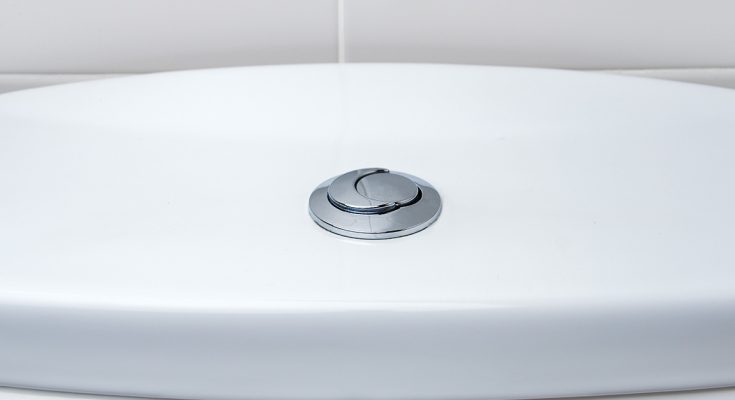What Are Dual-Flush Toilets?

Dual-flush toilets feature two buttons or levers—one small and one large. Each button activates a different flush mechanism, releasing varying amounts of water depending on the type of waste. The larger button uses around 6 to 9 liters of water, ideal for flushing solid waste, while the smaller button uses just 3 to 4.5 liters, sufficient for liquid waste.
A Simple Concept with Big Impacts

The design is straightforward: two exit valves connected to separate flush buttons. By choosing the appropriate button, users conserve water with every flush. While this may seem like a minor change, it has significant implications for both water conservation and household water bills.
The Origins of Dual-Flush Toilets

The concept was introduced by Victor Papanek, an American industrial designer, in his 1976 book Design for the Real World. The idea was first implemented in Australia in 1980, a country with a long-standing focus on water conservation due to frequent droughts.
How Much Water Can You Save?

A household using dual-flush toilets can save up to 20,000 liters of water annually compared to traditional single-flush systems. That’s a significant reduction, especially in areas where water shortages are a growing concern. Plus, lower water usage translates to lower utility bills, benefiting homeowners financially.
Environmental and Financial Benefits

Installing a dual-flush toilet may have a slightly higher upfront cost, but the long-term savings make it a wise investment. By reducing water waste, dual-flush systems ease the strain on local water resources and wastewater treatment facilities. This makes them an essential tool in promoting sustainability.
Why Are People Still Confused?

Despite their prevalence, many people still aren’t sure how to use dual-flush toilets correctly. A lack of clear instructions often leads to misuse, with many defaulting to the larger button regardless of the type of waste. This undermines the system’s water-saving potential.
How to Use Dual-Flush Toilets Correctly

To maximize water conservation, it’s important to use the right button:
- Smaller Button: Use for liquid waste. This button may be marked with a symbol like a half-circle or small raindrop to indicate its purpose.
- Larger Button: Reserve this for solid waste. It will either be physically larger or have a distinct visual indicator, such as a full circle or larger drop.
Why It Matters

Water is a finite resource, and its conservation is crucial in the fight against climate change and resource depletion. Dual-flush toilets are a small but meaningful way to contribute to water conservation. By adopting this simple habit, individuals can make a significant environmental impact while also saving money.
More Than Just Flushing

Dual-flush toilets are more than a modern convenience; they’re a step toward a sustainable future. Understanding and using them correctly allows individuals to conserve water, save money, and reduce their environmental footprint. So the next time you encounter those two buttons, remember they’re not just for flushing—they’re a simple yet powerful tool for protecting our planet’s most precious resource.
